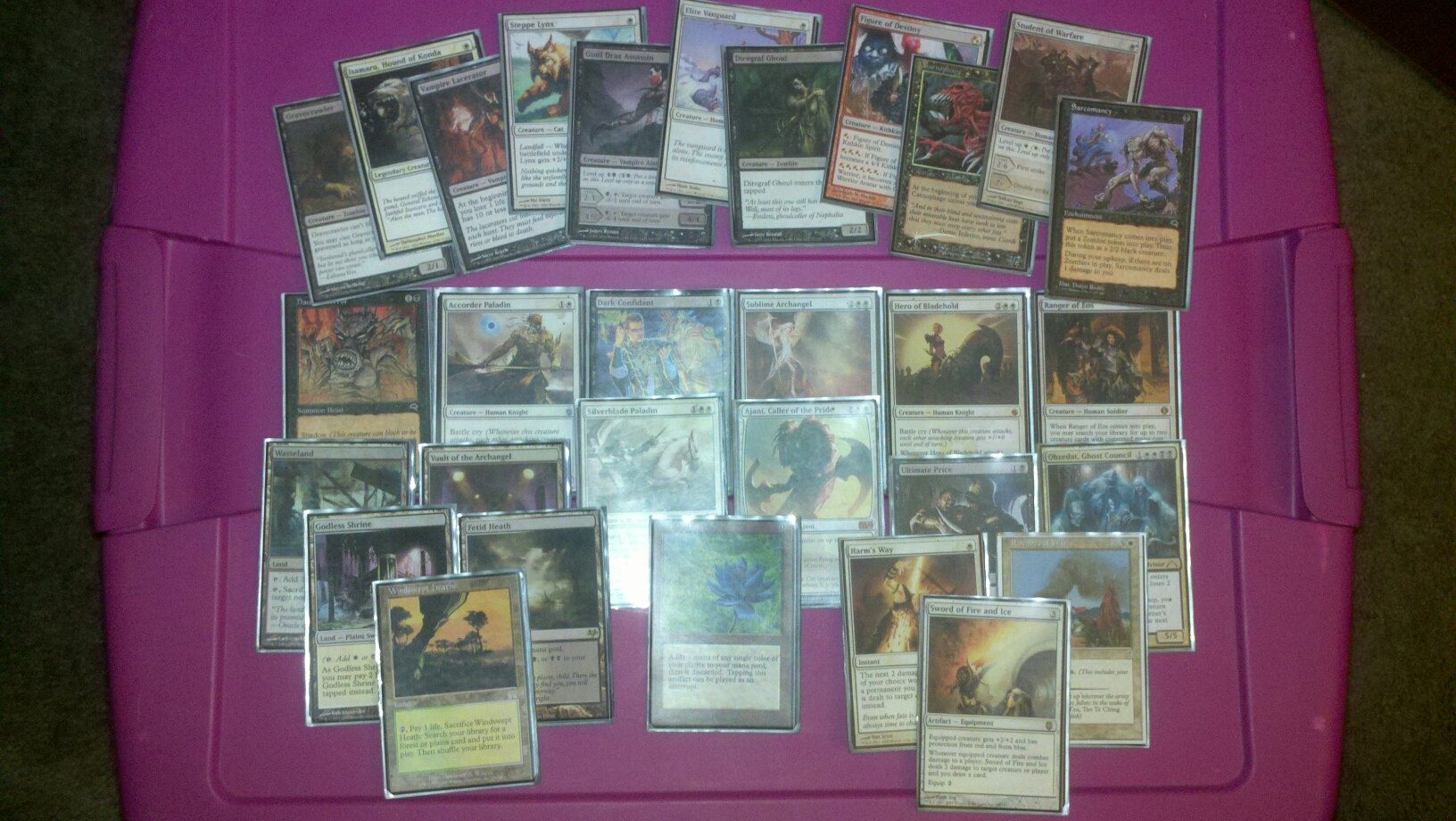Welcome back to a more aggressive edition of Cubers Anonymous. My trigger finger is so itchy that I don’t even have time to finish this intro.
I need to attack. For two. And if you want your cube to be more successful and balanced, you need to embrace the attack for two, too.
There are two parts to making attacking for two fun and profitable in your cube—no matter if it’s Pauper, Peasant, rare, or powered—and those two parts are making sure that aggro isn’t suffocated by the inclusion of too many attack-stifling cards in your cube list and actually giving it tools so people can draft aggro successfully. Today we’ll cover both!
One of my favorite questions to ask when sitting down to play a new cube for the first time is if I can attack in this cube. The verbal answer is always a confused-sounding yes. Then the draft starts and it’s gut check time for my fellow drafters. I’m looking for one-drop creatures, cheap burn, and quick reach. But inevitably, the deck falls apart. I stop seeing cheap creatures and watch as Walls and Prisons circle the table. The two-drop creatures come attached with double colors in their casting costs, and all the Equipment takes ages to get going.
Come on, I thought you said I could draft aggro!
As the 45th pick comes to pass, I wonder how in the hell I can beat the Moat and Wall of Denial deck.
Even though the cube owner assured me that my intentions were pure, the cube itself said otherwise. And much like ball, cube don’t lie.
To Give, You Must First Take Away
The first step in making sure that the attack switch is on in your cube starts in your cube spreadsheet, notebook, cave drawing, occasional table layout, or however you keep your cube updated. Just like every other archetype, planning for aggressive strategies to be visible and viable requires it to have tools. These tools aren’t just adding the best stuff at aggressive mana costs and every creature with evasion and haste. This is of course one piece of the puzzle, but the one I want to discuss first is the removal of cards that hinder the ability of aggression to flourish. This is the most difficult part, as you’ll see, because these cards are getting better and harder to identify.
Aside: We’ve long ago passed the point where we can jam all of each color’s best cards into sleeves and call it a cube. Spells, and creatures in particular, are getting better and more numerous with each new expansion. Example: Gatecrash was panned near-universally as a “dud” set for Cube, with a scant eight or nine cards that people thought they would add to their cubes. Of course, as we get further away from the set’s release, we see that it was better than we collectively thought, but regardless it had less great cards than we expected as a follow-up to historically great Return to Ravnica.
Compare this to the set that preceded Gatecrash by four years: Conflux. How many cards from Conflux are in your cube today? Four? Five? If you want to go count, I can wait; it won’t take very long. Even if we extrapolate to account for the additional 100 cards in Gatecrash, we come to around 7.5 cards, which is still less than the number of cards in Gatecrash. Point being this: we’ve become spoiled with the high number of cubeable cards that have increased per set over the last few years. Unless your cube gets bigger by five to ten cards each month, this means we have more choices than ever. What does this have to do with making aggro better in cube? Read on.
There are two groups of cards that exist to stifle aggression: active anti-aggression cards (group A) and latent anti-aggression cards (group B).
Problem Children
Group A is full of cards that exist to help shore up matchups and are rarely maindecked outside of being a 23rd card. These cards’ sole existence is to prevent the aggressive deck from advancing its plan, which in theory allows the slower deck to advance to its later phases of the game where the aggro deck has little way of competing. These are the type of cards that we want to avoid for a cube, as they actively hurt an aggro deck’s chances to become a successful part of your cube metagame.
Here are some cards that are in group A and are therefore unhealthy aggro “answers:”
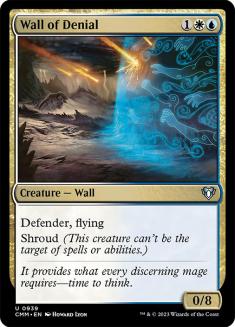
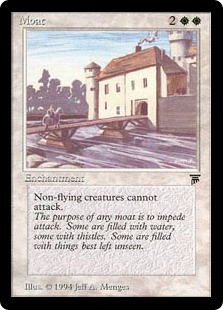
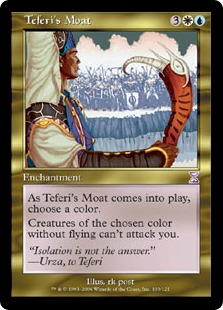
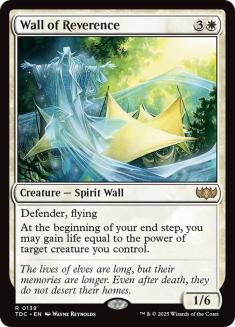
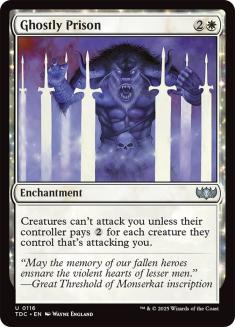
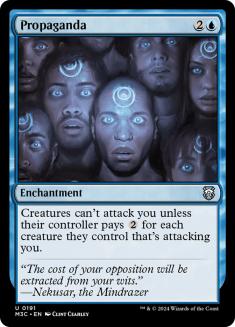
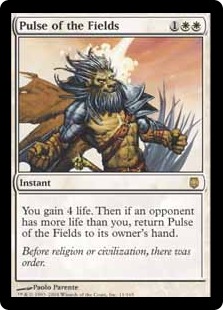
Wall of Denial and Moat are the worst offenders. While both Wall of Denial (in non-rare cubes) and Moat are powerful, maindeck-worthy cards that are good in a variety of matchups, they’re both non-interactive cards that add unneeded assistance to colors that naturally have answers to quick starts to begin with. Moat in particular severely limits fun for anyone and creates bad experiences when it shuts off decks. As you’ll see later, there are better ways.
The rest of the cards above aren’t universally good across matchups in decks that have them, and most experienced drafters leave them in the sideboard rather than having them take up valuable maindeck slots. Other cards that fall into this category are sideboard-only cards like Celestial Purge and Flashfreeze. Both of these cards are almost exclusively drafted as 14th or 15th picks and gain accidental use as a matchup helper that you didn’t have to waste a pick to draft or maindeck. Most often aggressive strategies receive the brunt of this downside, as they’re cheap answers to early creatures with little to no downside once they are sided in.
The worst thing about these cards is they often look better on paper than they play. Once a card is seeing rare maindeck play and becomes average in optimal sideboarding situations, it can probably be replaced with something that has more across-the-board appeal. Especially since the majority of these cards are white, you’re missing out on some awesome cards just so you can have these go underplayed!
Incidental Domination
This brings us to a much more troubling group: the latent anti-aggression cards. Before I begin describing the place of these cards, let me show you a group of cards that appear in this category (there are tons more—this and the previous list are not exhaustive by any means):
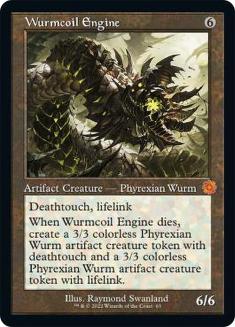
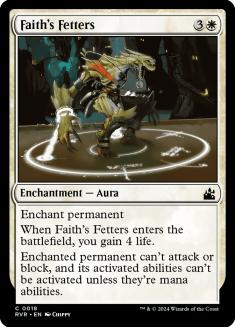
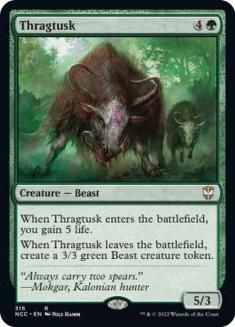
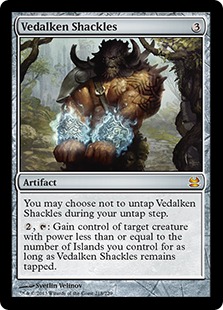
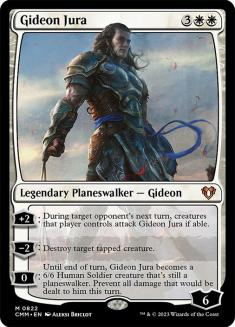
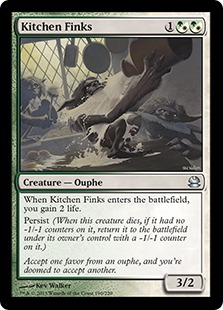
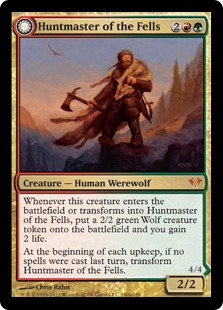
As you can see, this is a list of very good Magic cards. These hurt aggro just as much if not more than the cards in group A but are good against 90% of decks rather than 10%. Group B cards most often appear in maindecks and rarely get sided out due to their relative power as game-changers among all cards, not just ones that combat aggro. These cards are numerous and fun to play with for most people, so it’s easy to ignore the pressure they put on aggressive decks (and drafters) to operate at the highest potential clip just to keep up with what other decks are doing.
I’m not suggesting you specifically cut these types of cards from your cube; rather, I want you to learn to manage their numbers so you don’t choke out aggro decks before they can even get off of their feet.
Remember earlier when we were talking about how Magic cards are getting better? Most of the cards in group B have been printed in the last five years, and I don’t just mean the ones above. Incidental life gain and lifelink attached to impressive bodies has become the norm recently, and I doubt that trend is going anywhere. I know so far I’ve painted the picture of aggressive decks as the poor homeless child begging for breadcrumbs, but I’ve yet to play a cube where it is easier to have a successful aggressive deck compared to a successful midrange or control deck. Even in aggressive cubes like my own or attack master Kenny Mayer’s cube, it is probably equal in terms of availability and ease.
The fact is that as Magic moves concurrently towards the midgame and increases the relative power level of mid to large costed creatures, decks that play for the fourth turn on have an easier time finding powerful cards in a draft than traditional attacking decks. Those decks need to have a good idea how the game is going to be decided at the end of turn 3. As many have stated before me, Signets don’t help this fact because they really do act as a de facto Time Walk in deck that wants to have access to their powerful four-drop when the aggressive deck is finishing the top of its curve.
As awesome as most cards in group B may be, making sure they don’t overwhelm your cube list is critical to a healthy format where every archetype you want to include truly has a chance to shine. Every cube has enough options for big effects and spells to make a fun and balanced metagame within itself, even leaving out cards that some consider uncuttable. There are too many sweet cards now to make every color and color pair a “greatest hits” section unless you want your cube to turn into Midrange Wonderland. To truly give to Elite Vanguard and friends, you must take away.
Enable the Aggression
There are three parts to a successful Cube aggro deck: redundancy, consistency, and efficiency. None is more important than any other, and each aggro identity in your cube (be it a single color or color pair) must have some form of access to all three to have a chance to exist on equal footing with control and midrange decks.
Redundancy means having similar effects across the color. Consistency is the rate at which those effects appear, which must be high enough to support multiple drafters. These two parts are tied together more closely than efficiency (that’s a bit later), so let’s go over some specific examples.
The most important turns of an aggressive deck are turns 1 and 2. As such, each color identity must have a large number of similarly costed creatures at this starting point. Again, this list isn’t exhaustive in the slightest.
White 1CC: Savannah Lions; Elite Vanguard; Isamaru, Hound of Konda
White 2CC: Mistral Charger, Stormfront Pegasus, Soltari Trooper
Red 1CC: Jackal Pup, Goblin Guide, Reckless Waif
Red 2CC: Plated Geopede, Gore-House Chainwalker, Stormblood Berserker
Black 1CC: Sarcomancy, Vampire Lacerator, Carnophage
Black 2CC: Dauthi Horror, Nezumi Cutthroat, Vampire Interloper
Green 1CC: Jungle Lion, Experiment One, Wolfbitten Captive
Green 2CC: Tarmogoyf, Skinshifter, Mayor of Avabruck
Green is the weakest of the four colors that can support aggro (I don’t think blue is realistic as an aggressive color), as you can see my by stretch of what is redundant across the color. Even still, you want a high percentage of creatures to fall within this one and two mana cost range—somewhere close to a fourth of all spells in that color. You really have to jam as many creatures at these costs in as you can for each color you want to be viable. But what creatures make the cut? This is where we introduce efficiency.
As you’ll note above, each creature listed has exactly one colored mana symbol in its casting cost. Efficiency is measured by the ability to cast the creature on the turn equal to its mana cost. Going by the assumption that the majority of the aggressive decks in any given cube are two colors, a creature that costs a single colored mana is going to be cast on turn 2 twice as often as a creature that costs two colored mana.
When you need to be casting the best cards in your hand for the situation each of the first three-to-four turns of the game, every instance of missing a spell on time sets you back a half to a full turn of your deck’s maximum efficiency. By eliminating all but the most powerful double-colored creatures (and spells too, but creatures are more important on time) and creatures that aren’t necessarily meant to be cast on turn 2, we disallow the chance of tempo loss in any given game, thus giving each aggressive deck more efficiency across all games.
This leaves us with cards such as Stormfront Pegasus over cards like Soltari Priest despite Soltari Priest being a better card most often when it’s in play. The relative amount of time a two-color deck can cast the WW spell on turn 2 is 50% less than the amount of time it can cast a 1W spell on turn 2, so the amount of damage the Pegasus can deal over any amount of time is more than the Priest, making it the more reliable option in the long haul.
That doesn’t mean you should cut them all, but just make sure that the ones that are harder to cast pull their weight in other ways. Strangleroot Geist, Ash Zealot, Leonin-Relic Warder, and Bloodghast are my favorite at those costs for each color.
You Are a Unique Snowflake (Except Blue)
Each color has different attributes they bring to the attacking table. I’m going exclude blue again, as I don’t think there is quite enough going for it (yet!) in the aggro department to discuss.
White
White, along with red, has the best pure aggro support. It has the second most number of aggressive one-drop creatures behind red and has by far the most two-drop creatures. Having enough one-drops is critical here since you’ll always be able to fill up the two slot. If we’re going by pure creatures, the three spot is weak in numbers, but the few it does have (Mirran Crusader, Silverblade Paladin, and Blade Splicer being standouts) are very powerful for their cost.
With heavier mono-white support, you can add excellent token makers like Spectral Procession. The best reach outside of Armageddon and Ravages of War are Mana Tithe and Harm’s Way. What white lacks in the noncreature department it makes up with power in each creature on its own. Depth for one-drops can extend to cards like Doomed Traveler and Boros Elite, though they don’t equal the aggression of the rest of the one-drops.
Red
Red is the same in almost every cube: attack-attack-attacking into the red zone and going H.A.M. with burn spells to the face and to clear blockers. There isn’t much to add that I haven’t covered in the general talk up the page, so I’ll just point out that Searing Blaze, Reckless Charge, and Genju of the Spires are all underutilized spells that increase red’s speed by quite a bit. Red can go pretty deep with one-drops like Goblin Patrol, Flailing Soldier, and Mogg Conscripts, but you may not need them. The sneaky best “reach” for red aggro is its bevy of land destruction that costs three mana.
Green
Green is in a tough place for aggressive strategies. It has very strong individual cards like Experiment One, Strangleroot Geist, and Tarmogoyf, but the depth is sorely lacking. In my cube, I choose to support half of green aggro, meaning I start the curve at two with green and green-x cards. This is probably a good time to link to the aforementioned Kenny Mayer Cube and let you check out his green aggro section. The only card I think I can add that Kenny doesn’t have is Brushstrider, though he is no superstar. Green has little reach outside of pump spells, but they do at least have a handful of good ones. There are a few good land destruction spells, but the depth on those is low for the ones that cost less than four and five.
Black
Let’s get this over with. Last August, I wrote a piece that amounted to saying I didn’t think black had enough going for it to include the aggro parts in my cube. I now am somewhat back to doing so. What happened? Since that article, Pack Rat, Rakdos Cackler, Lotleth Troll, Deathrite Shaman, Dreg Mangler, Rakdos Shred-Freak, and Spike Jester have all been printed. This prompted me to reinclude all of the two power one-drops for black as well as a couple of two-drops, with possibly more to invite back to the party.
All of the above cards (minus Shred-Freak) are good cards on their own, and their inclusion makes black-x aggro perfectly viable. Black has reach in fantastic discard, though you’ll be fighting over it with all other black drafters. Each of the single B discard spells is cubeable except Ostracize (though its getting much better), and its cheap, efficient and plentiful removal makes black an excellent aggro support color, just like it is as a midrange and control support color.
One Color is the Loneliest Color That You’ll Ever Play
All of this talk of two-color (and more!) aggro decks does come at a cost, and that is the need to have an above average number of lands that come into play untapped in the first three turns of the game. Luckily, the Alpha duals cycle, the Ravnica duals cycle, the M10/Innistrad cycle, the Shadowmoor cycle, and the Scars of Mirrodin (allied colors only) cycle fit the bill, not to mention the Onslaught/Zendikar fetchlands. With supreme mana fixing, you enable aggro decks to realistically play even more powerful spells like Wild Nacatl, Flinthoof Boar, Spike Jester, Tidehollow Sculler, and Lotleth Troll more easily than you can a double single colored spell, as there’s more power behind them.
This does of course allow all drafters to take advantage of the increased fixing, which gives midrange and control drafters the ability to have more exotic mana bases. Since we’ve given aggro extra tools from the two-color section, it’s all relative anyway, with aggro benefiting more since in theory those decks could have had access to those lands regardless, albeit at the cost of higher draft picks. This goes right back to redundancy and consistency—having more cards that do the same thing for an aggro drafter’s deck allows them to pass those cards up for fixing earlier since they know that there is a high likelihood of seeing similar cards later in the draft, while midrange and control decks are full of unique spells that are less passable.
On the other side of the coin, I would be foolish not to mention these excellent/insane colorless aggro helpers that all cubes should have:
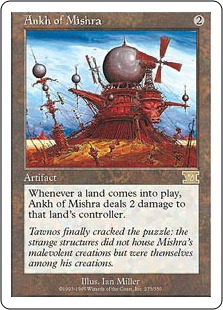
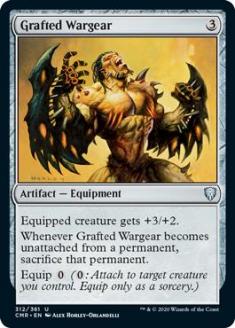
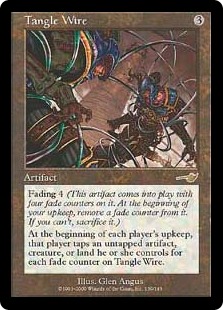

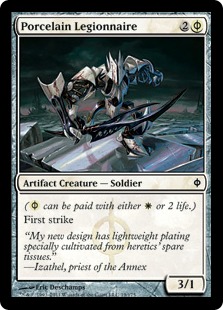

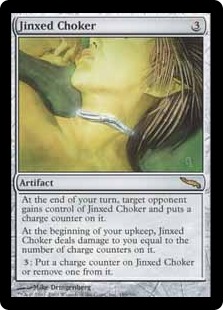

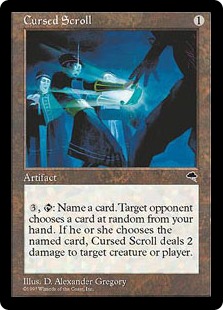
Hmmm, I feel like I mentioned one of those twice…
Colorless/artifact has forever been a barren wasteland for aggressive helpers, so please make sure these few that exist are in your cube ready to cause some pain.
Well, thanks everyone for joining the journey of taking this column down from twenty to zero. I have no doubt there are some great aggro points that I missed, so feel free to get at me in the comments to help everyone’s cubes to attack for two more often! I apologize that this column was directed more towards rare cubes than anything else, as I know this is an issue that can help non-rare cubes too! Maybe in another 100 drafts of a Pauper or Peasant cube I’ll feel like I have the experience necessary to tackle the issue again for those cubes!
Thanks again, and I hope everyone is feeling a little more aggressive in their next draft! Here’s my very last draft from Cape Fear Games in Wilmington, NC before moving to snowy Roanoke, Virginia in late March. I miss you guys at CFG! Rest assured I attacked them all to death with this monster before leaving—my new record for one-drops!
@JParnell1 on Twitter
Official Facebook Cube Drafting Page

